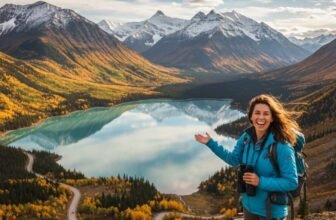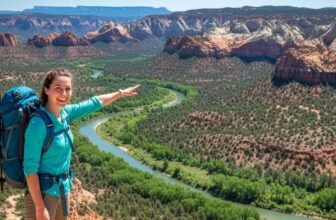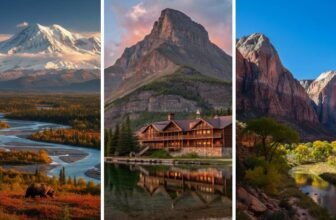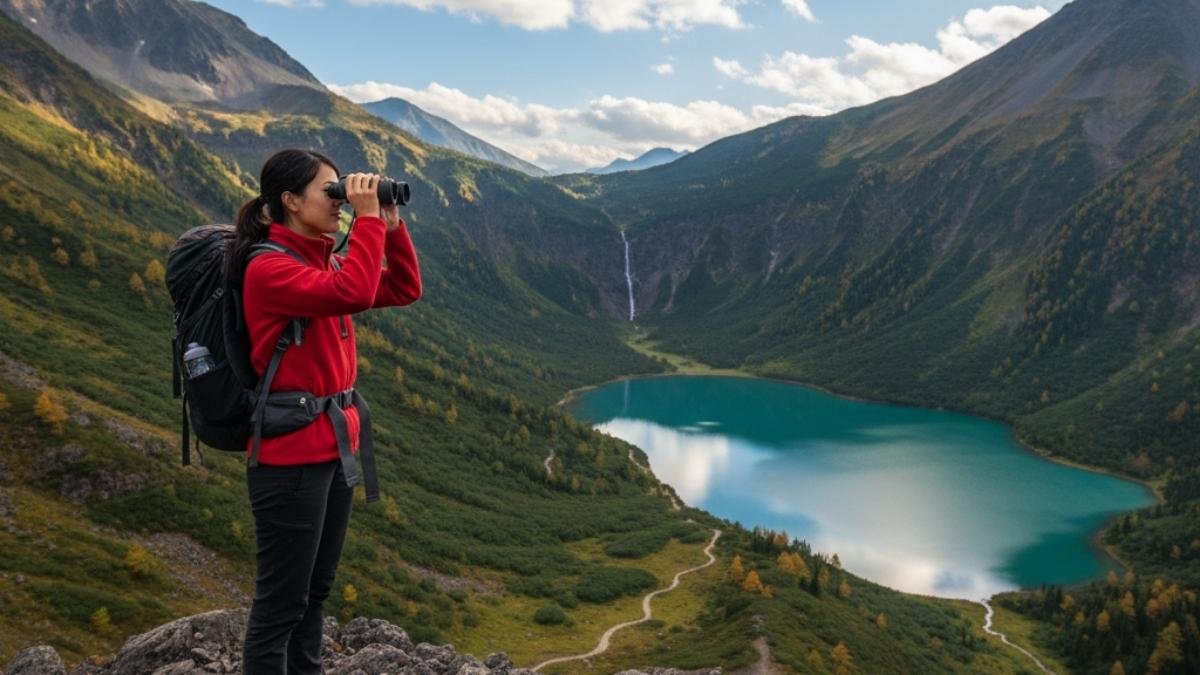
There was a time when every hike felt like chasing the same photo — same angles, same crowds, same filtered sunsets. Then came the burnout. The kind that hits when you realize the joy of hiking got replaced by the pressure to post.
So, I stopped following the hashtags and started following quiet trails — the ones without cell service, where the wind sounds louder than notifications.
What I found wasn’t just better views, but better peace. These are the hikes that brought the wild back into focus — raw, real, and blissfully untouched by the scroll.
1. Lake O’Hara Alpine Circuit, Canada
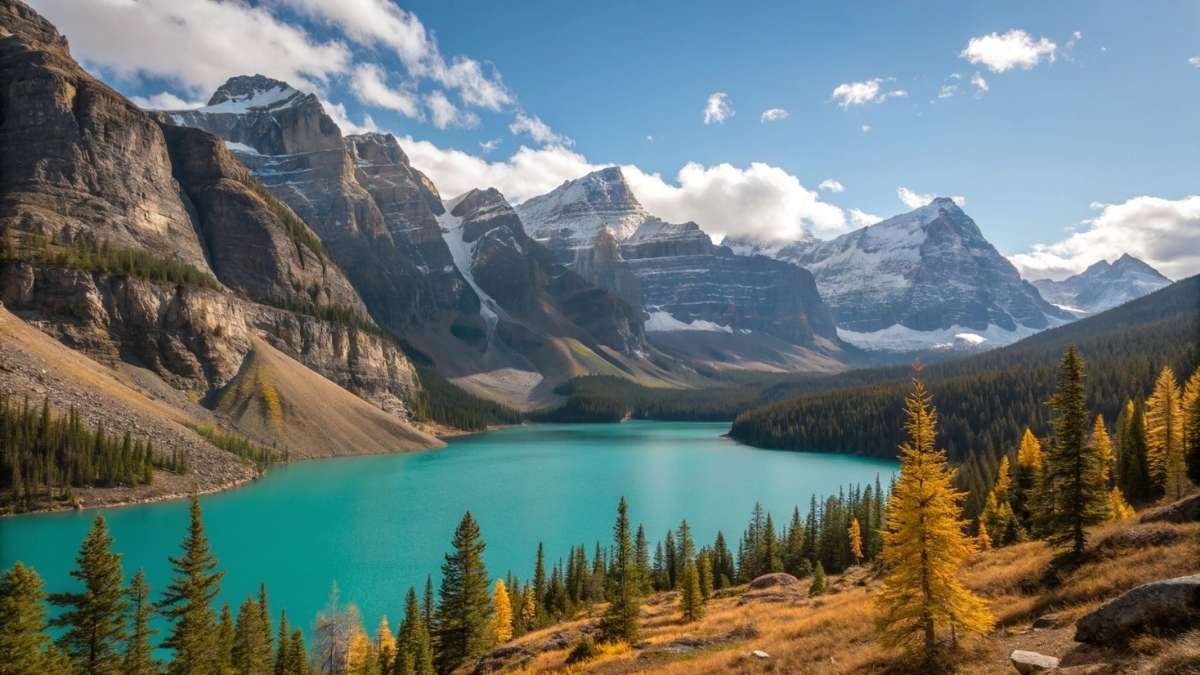
There’s a reason seasoned hikers whisper about Lake O’Hara like it’s a secret worth guarding. Nestled deep in Yoho National Park, this alpine circuit offers everything those overhyped trails promise — but without the elbow-to-elbow crowds. Crystal-clear turquoise lakes, rugged peaks dusted with snow, and a trail network that feels untouched by the rush of social media fame. The path weaves through meadows and high ridgelines where every turn feels like you’ve stumbled into a painting — yet the stillness reminds you it’s very much real.
What makes this place extraordinary isn’t just its beauty, but how limited access keeps it pristine. You have to plan — Parks Canada restricts the number of visitors per day — but that exclusivity means you actually get to experience solitude in the Rockies. The trails link together like a well-kept secret: Opabin Plateau, Yukness Ledges, and Wiwaxy Gap all tie into one perfect loop of discovery.
The best part? Every view feels personal. No need to crop out a stranger with a selfie stick — just pure, quiet wilderness. You leave with tired legs, yes, but also the rare satisfaction of having walked a place that still feels wild.
Quick Facts:
- Best Months to Visit: July to early September
- Trail Length: 12 km circuit (varies by route)
- Difficulty: Moderate to strenuous
- Access Tip: Book the Lake O’Hara shuttle bus months in advance
- Nearest Base: Field, British Columbia
2. The Enchantments, Washington, USA
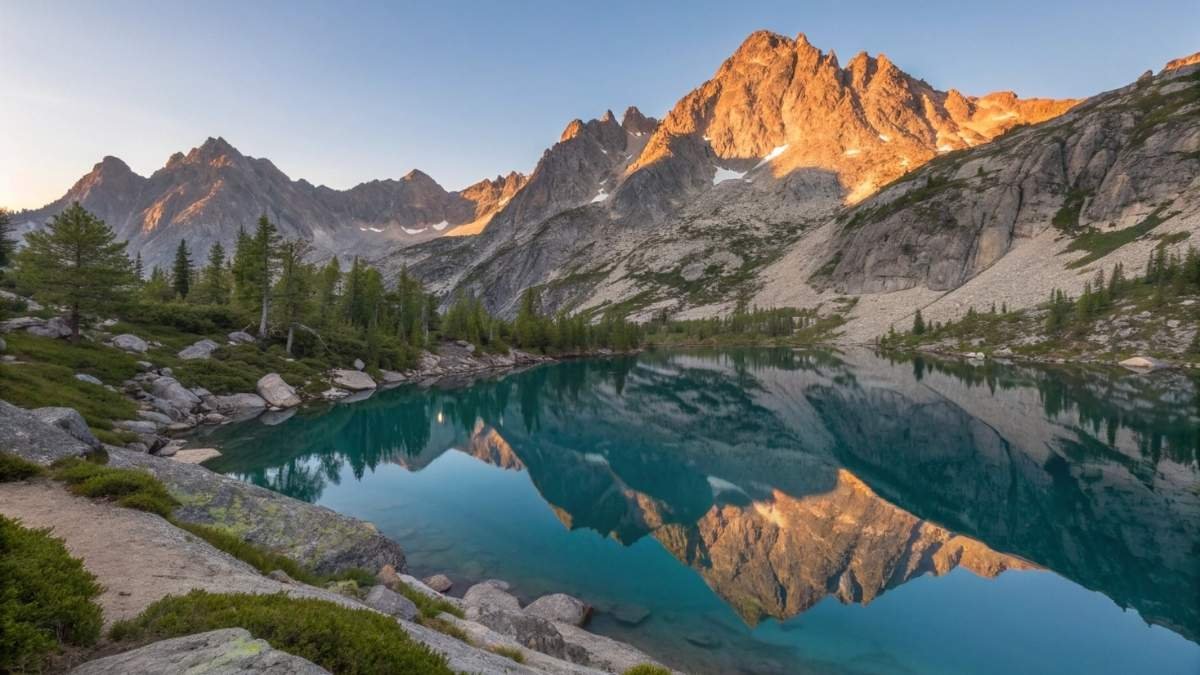
While many flock to Mount Rainier or the Pacific Crest Trail for their Instagram-perfect angles, the Enchantments deliver something deeper — an experience that feels almost spiritual. Located in Washington’s Alpine Lakes Wilderness, this trek lives up to its name. The path unfolds through granite basins, ancient larches that glow gold in autumn, and a network of icy alpine lakes so blue they defy logic.
What keeps it from becoming another social media circus is its permit system and sheer difficulty. The trail demands grit — steep ascents, long distances, and unpredictable weather — but rewards you with an unfiltered, high-altitude beauty that feels earned. Many hikers describe crossing Aasgard Pass (aptly named) as one of the most intense but rewarding climbs in the Pacific Northwest.
Each lake basin — from Colchuck to Perfection — has its own rhythm. You might wake to a sunrise that paints the granite in warm amber, or watch a mountain goat wander past your tent like it’s checking in on you. The Enchantments remind you that the best trails aren’t meant to be consumed — they’re meant to be respected.
Quick Facts:
- Best Months to Visit: Mid-July through early October
- Trail Length: 29 km point-to-point
- Difficulty: Strenuous
- Permit Needed: Yes (highly competitive lottery system)
- Nearest Base: Leavenworth, Washington
3. Laugavegur Trail, Iceland
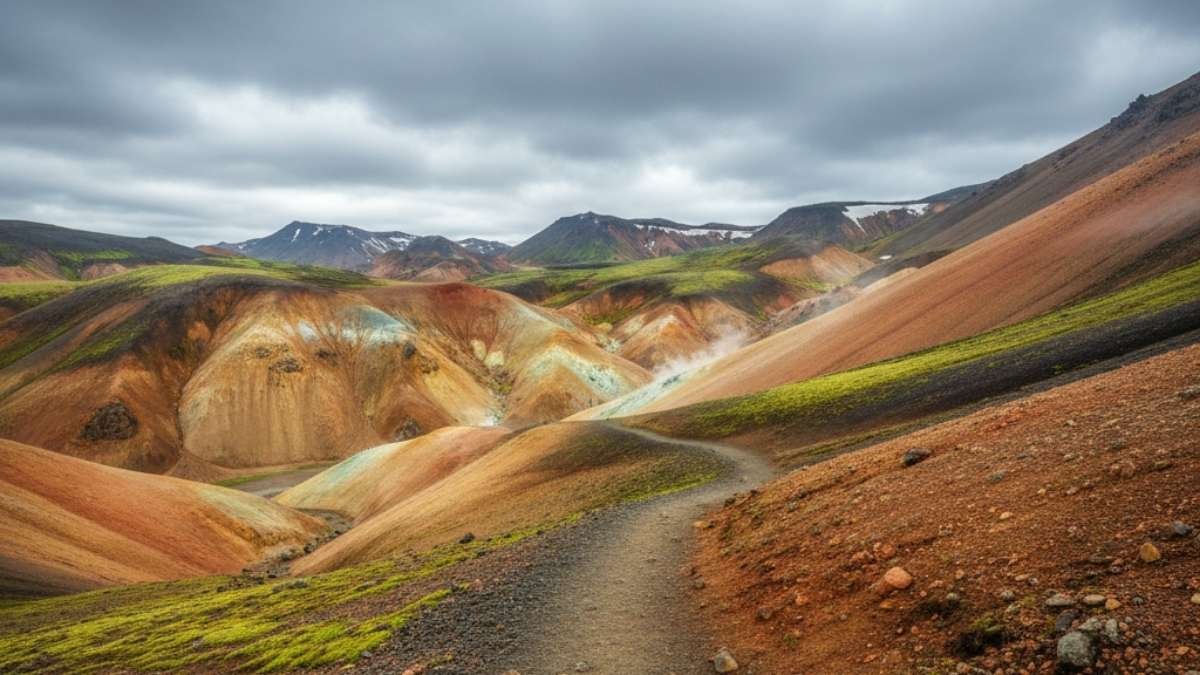
The Laugavegur Trail might not be a household name, but for those who’ve walked it, it’s unforgettable. Stretching through Iceland’s otherworldly highlands, this trail is a kaleidoscope of color and geology — from steaming hot springs and obsidian deserts to rivers that shimmer under the midnight sun. Forget manicured trails and perfect selfies; this is raw, cinematic wilderness at its most authentic.
Each section feels like a new planet. One hour, you’re crossing neon-green mossy hills, the next, a volcanic plain that looks freshly born from the earth’s core. And while some parts of Iceland now overflow with day-trippers, the Laugavegur feels blessedly untouched. Most nights end in cozy mountain huts, where hikers swap stories over steaming bowls of soup — the kind of quiet connection that doesn’t fit neatly in an Instagram caption.
This trail’s magic lies in its unpredictability. The weather changes fast, the terrain challenges you, but the reward is walking through one of the few places on Earth that feels truly alive.
Quick Facts:
- Best Months to Visit: Late June to early September
- Trail Length: 55 km (typically 3–4 days)
- Difficulty: Moderate
- Highlights: Landmannalaugar hot springs, Álftavatn Lake, Thórsmörk Valley
- Lodging: Mountain huts and campgrounds (book early)
4. Mount Assiniboine Trail, Canada
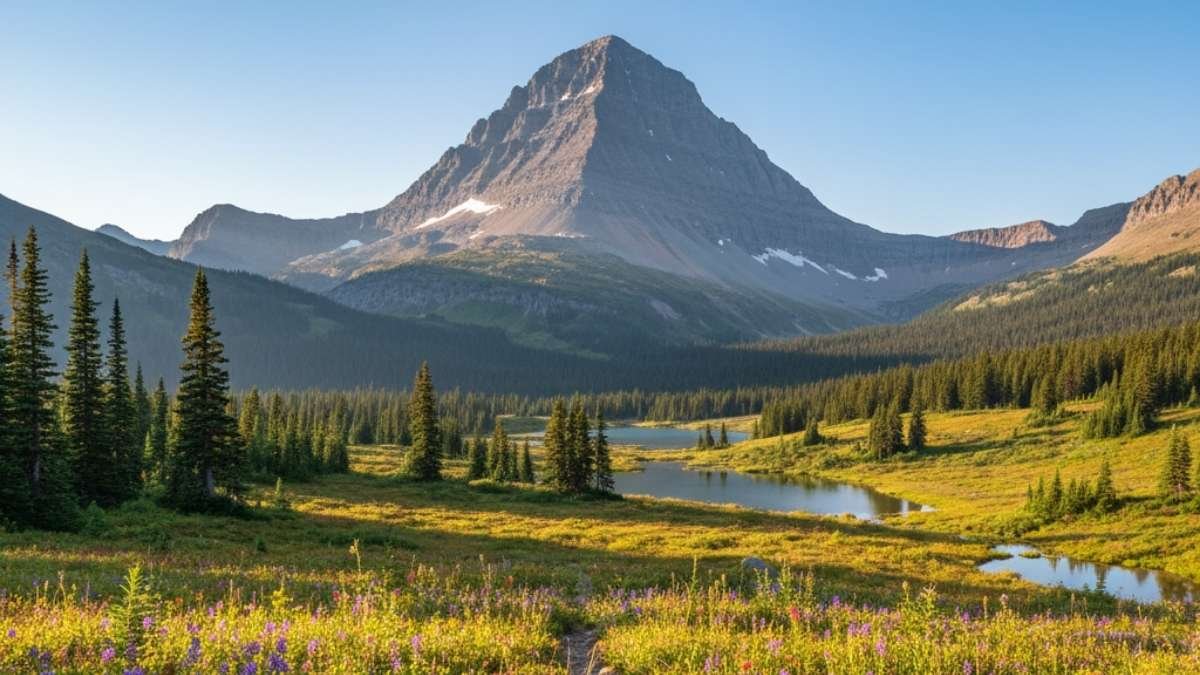
Nicknamed the “Matterhorn of the Rockies,” Mount Assiniboine rises with quiet authority on the Alberta–British Columbia border. Unlike its Instagram-famous cousins in Banff, this area demands a bit of commitment to reach — a multi-day trek or helicopter ride — which means fewer crowds and more room to breathe. And that’s exactly what makes it special.
The trail leads through meadows bursting with wildflowers, turquoise lakes reflecting the pyramid-like peak, and quiet backcountry camps that redefine the word “remote.” The feeling of standing before Mount Assiniboine itself is hard to overstate — there’s grandeur, yes, but also an intimacy that comes from earning the view.
Every sunrise over Lake Magog feels like a private event — pink skies mirrored in perfect stillness, the air sharp and clean. For those who’ve grown weary of staged summit shots, this is the antidote. It’s wilderness for those who want to fall back in love with hiking’s raw simplicity.
Quick Facts:
- Best Months to Visit: Late June to early September
- Trail Length: 27–30 km (one way)
- Difficulty: Moderate to strenuous
- Access Tip: Helicopter service available from Canmore or Mount Shark
- Nearest Base: Canmore or Banff, Alberta
5. Dolomiti di Brenta Trek, Italy
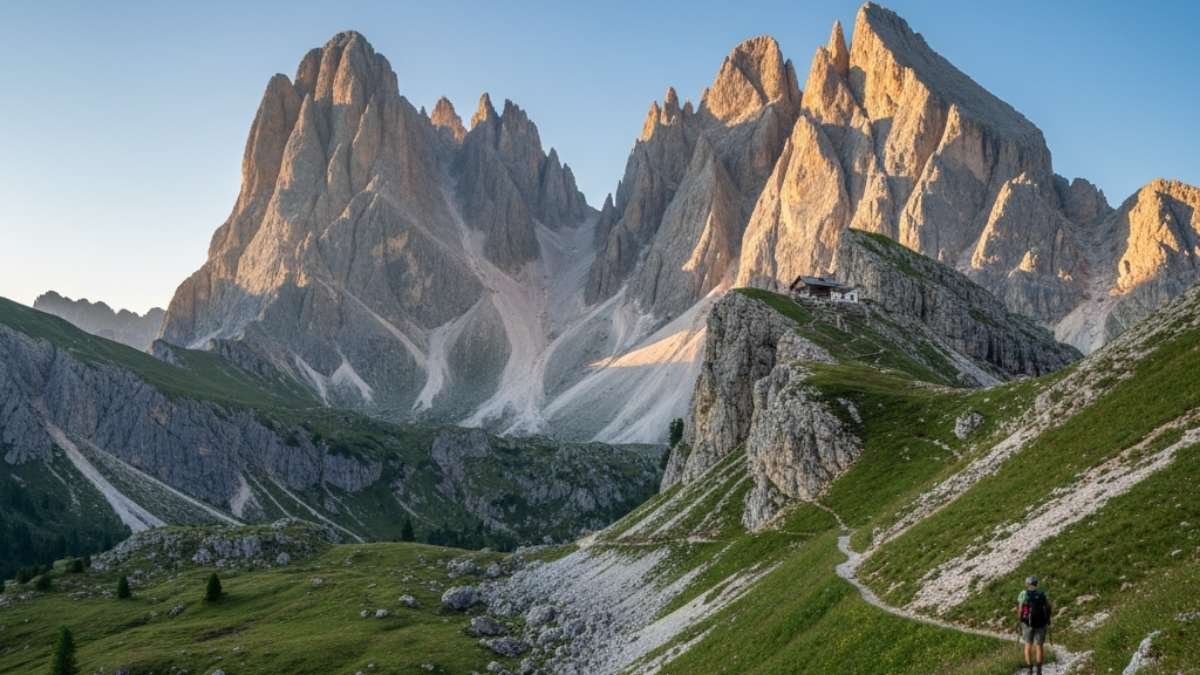
In a country famous for its coastlines and cathedrals, Italy’s Dolomiti di Brenta mountains are a revelation. This trek, part of the lesser-known Brenta Group in the Dolomites, feels like hiking through a high-altitude sculpture garden. Jagged limestone towers pierce the sky, and the ancient via ferrata routes — iron cables and ladders from World War I — add a sense of adventure that feels straight out of another era.
Unlike the crowded trails near Cinque Terre or Tre Cime, the Brenta Trek draws more mountaineers than selfie-hunters. The multi-day route connects cozy rifugios (mountain huts) where hikers unwind over espresso and hearty meals, swapping stories in a dozen languages. There’s an old-world charm to it all — rugged peaks by day, warm hospitality by night.
What makes the Dolomiti di Brenta stand out is its blend of adventure and accessibility. You don’t need to be a climber to walk here — just a willingness to step outside the tourist orbit and into something genuinely thrilling. It’s Italy at its most elemental.
Quick Facts:
- Best Months to Visit: July to mid-September
- Trail Length: 96 km circuit (divided into stages)
- Difficulty: Moderate (technical via ferrata sections optional)
- Accommodation: Rifugios (book ahead in peak season)
- Nearest Base: Madonna di Campiglio, Trentino
6. Green Lake Track, New Zealand
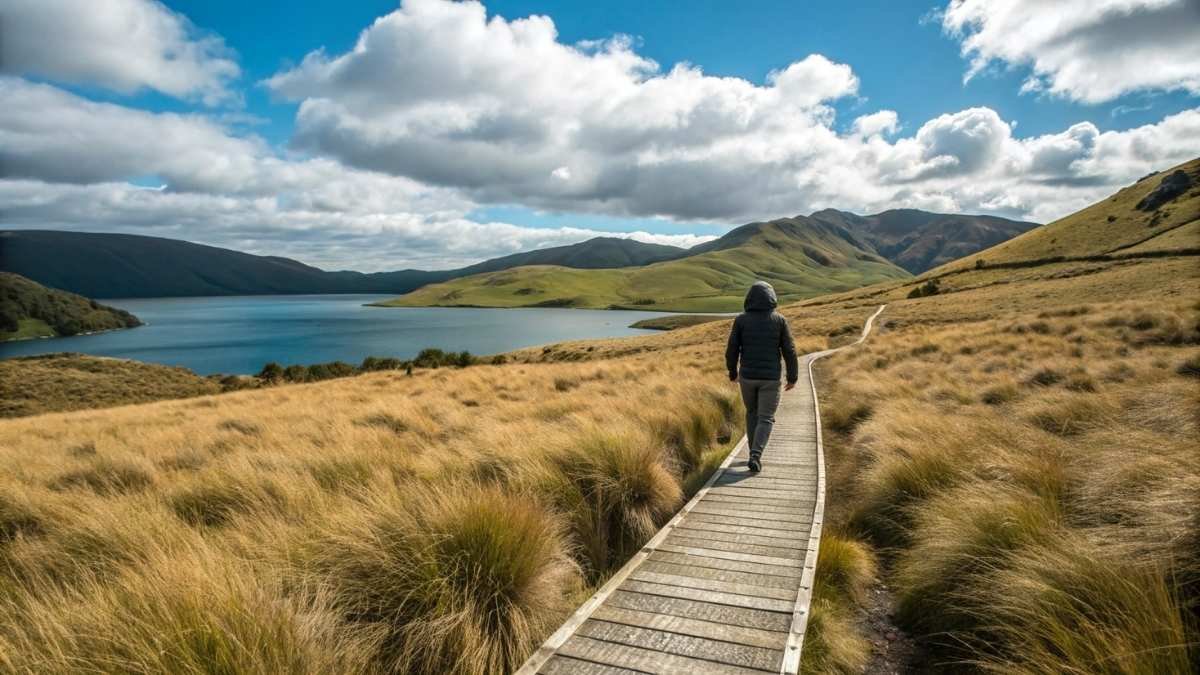
Tucked in New Zealand’s lesser-traveled Fiordland National Park, the Green Lake Track feels like a secret trail that locals whisper about but rarely share. It’s a refreshing break from the overexposed Milford and Routeburn Tracks — quieter, wilder, and just as stunning. The path leads you through tangled beech forests, across mossy boardwalks, and finally up to the breathtaking Green Lake, named for its deep emerald hue that changes shades with every flicker of sunlight.
What makes this hike special is its raw, unpolished nature. There are no crowds here, no trail traffic jams — just the sound of your boots sinking into soft earth and the chorus of native birds echoing through the trees. It feels like hiking through a storybook forest, but one that doesn’t care for an audience.
At the end of the day, it’s not about the perfect view — it’s about the stillness, the remoteness, and that deep satisfaction of being in a place that hasn’t been tamed by popularity. It’s New Zealand hiking at its most authentic.
Quick Facts:
- Best Months to Visit: December to April
- Trail Length: 26 km loop
- Difficulty: Moderate
- Trail Type: Backcountry, with huts available
- Nearest Base: Te Anau, South Island
7. Tour du Mont Blanc, France–Italy–Switzerland
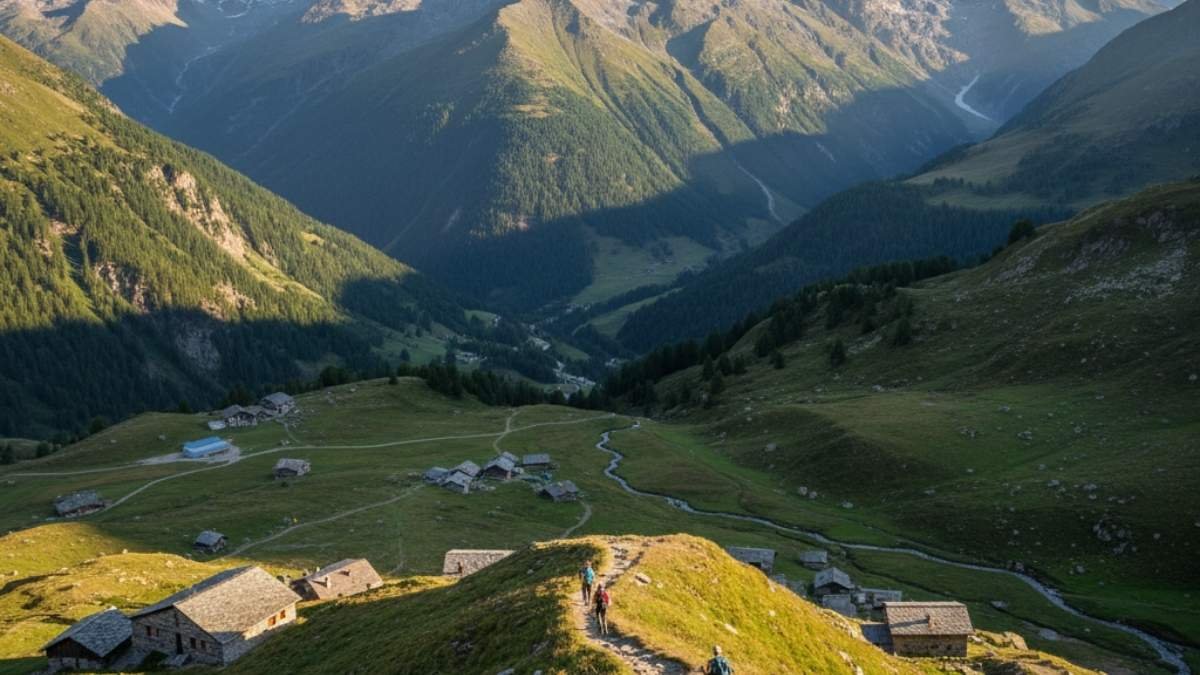
Yes, the Tour du Mont Blanc (TMB) has a name that pops up often — but it’s still leagues away from the chaos of Europe’s social media hotspots. This classic 170 km circuit weaves through three countries and offers one of the most immersive alpine experiences anywhere in the world. Think rugged mountain passes, blooming meadows, and nights spent in cozy refuges with cheese fondue and wine as your reward.
What sets it apart is its variety — each section feels like a new story. In France, the trail rolls through flower-laden valleys. In Italy, the rugged peaks of Courmayeur tower dramatically above the trail. By the time you cross into Switzerland, it’s all green pastures and quiet hamlets. It’s not a race to a summit; it’s a long, evolving relationship with the mountains.
The best part? You can hike it fully, or just tackle a few stages — either way, it’s one of those rare trails where culture and wilderness walk hand in hand.
Quick Facts:
- Best Months to Visit: Late June to mid-September
- Trail Length: 170 km (typically 10–12 days)
- Difficulty: Moderate to strenuous
- Accommodation: Mountain huts and guesthouses
- Nearest Base: Chamonix, France
8. Cirque of the Towers, Wyoming, USA
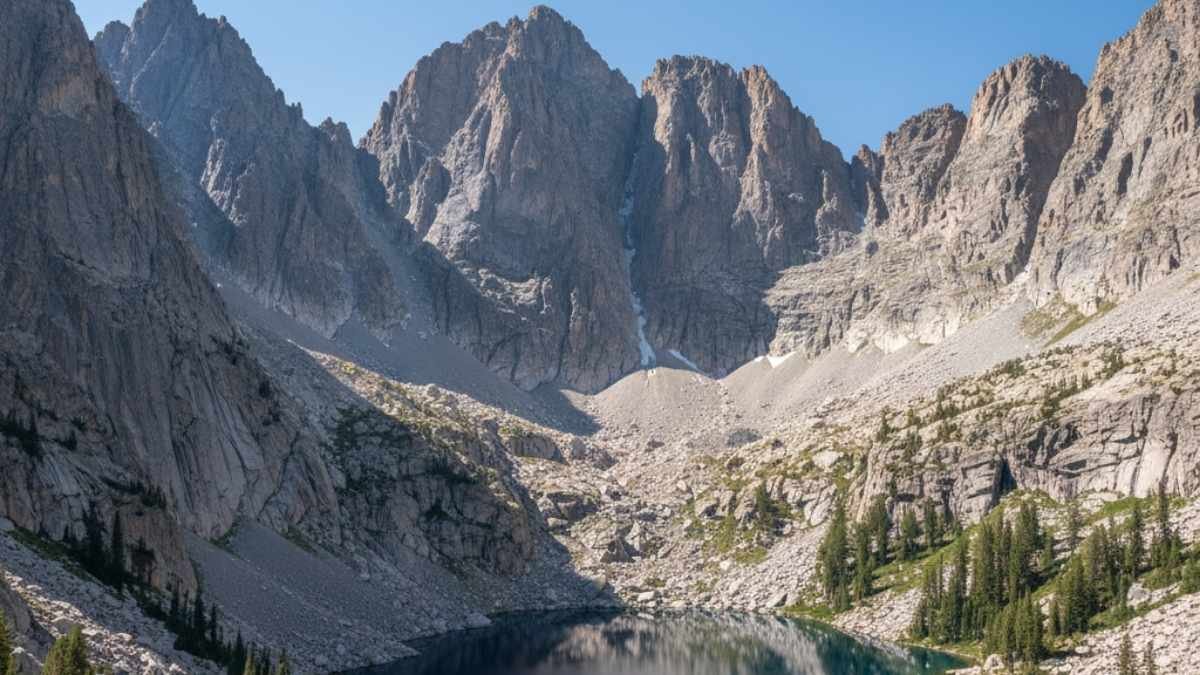
For those who crave wild, cinematic landscapes without the Yellowstone crowds, Cirque of the Towers in Wyoming’s Wind River Range delivers in full force. It’s not the kind of trail that hands over its beauty easily — you have to work for it. But once you crest Jackass Pass and see those sheer granite spires circling the alpine basin, it’s hard not to stand there in silence.
The area’s isolation keeps it feeling wild and unspoiled. Days are filled with crisp alpine air, icy lakes, and towering peaks like Pingora and Wolf’s Head, catching the sun in pink morning light. You won’t find snack bars or boardwalks here — just wilderness in its purest, most unfiltered form.
Many hikers say this place rekindles their love of solitude. You might share the trail with a few climbers, but mostly it’s just you, the wind, and the stone giants watching over everything.
Quick Facts:
- Best Months to Visit: July to September
- Trail Length: 29 km out-and-back
- Difficulty: Strenuous
- Permit Needed: None, but self-issued registration recommended
- Nearest Base: Pinedale, Wyoming
9. Awa’awapuhi Trail, Kauai, Hawaii
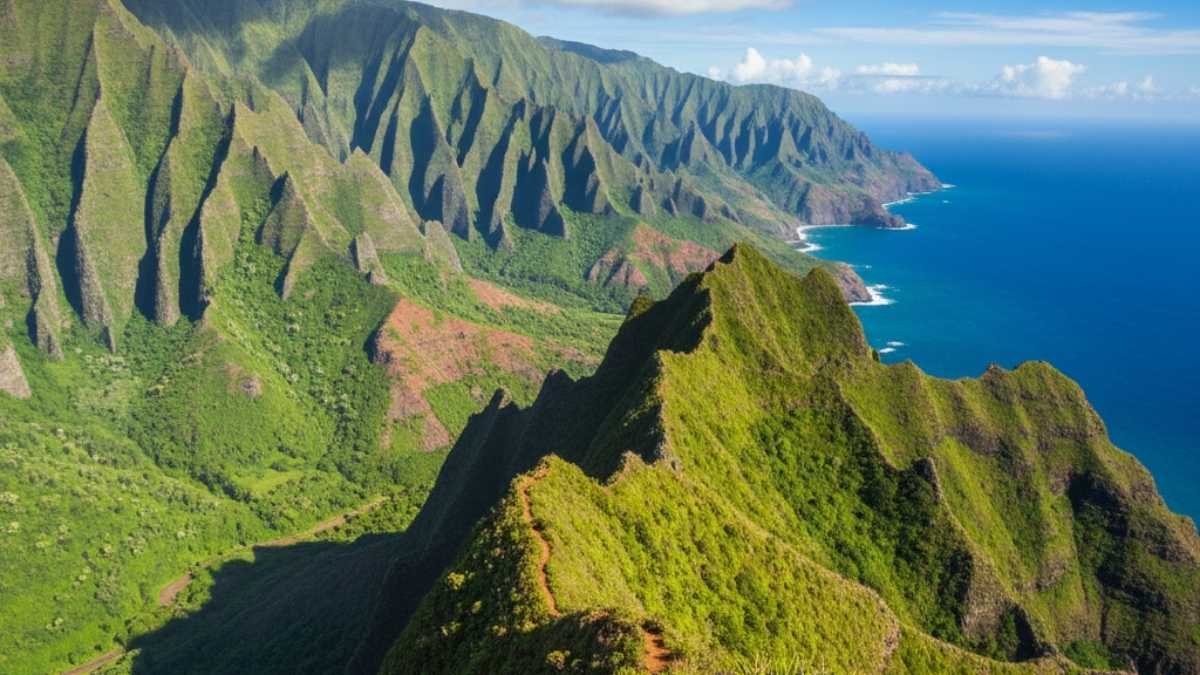
While most travelers crowd the Kalalau Trail for its cliffside photos, the Awa’awapuhi Trail quietly delivers views just as jaw-dropping — without the mayhem. Located in Koke’e State Park, it winds through lush rainforest before opening suddenly onto a ridge that overlooks the deep, cathedral-like valleys of the Nā Pali Coast. The view from the lookout — 2,500 feet above the ocean — is one of those moments that makes you stop mid-step.
It’s a moderate hike, but the payoff feels enormous. You’ll likely meet a few locals, a handful of travelers, and a dozen curious birds — that’s about it. On clear days, the sunlight hits the cliffs in golden streaks, and you can trace the wild coastline stretching endlessly in both directions.
This trail proves that you don’t have to chase the most famous hikes in Hawaii to find soul-stirring scenery. Sometimes, the lesser-known ridges hold the magic you’re looking for.
Quick Facts:
- Best Months to Visit: April to October (dry season)
- Trail Length: 10 km round-trip
- Difficulty: Moderate
- Trailhead: Koke’e State Park, Kauai
- Permit Needed: None
10. Huemul Circuit, Patagonia, Argentina
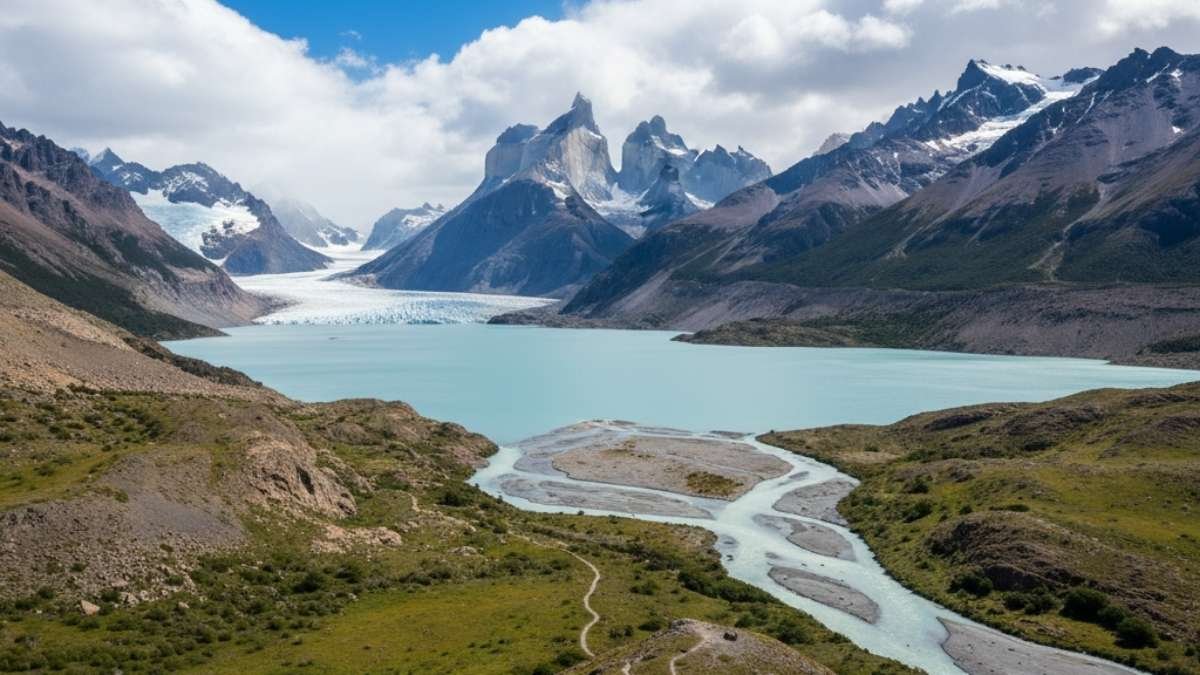
Deep in the heart of Patagonia’s Los Glaciares National Park, the Huemul Circuit remains a well-kept secret among serious hikers. Most tourists stop at the viewpoints around El Chaltén, but those who tackle this four-day loop discover one of South America’s most unforgettable wilderness adventures.
The trail circles around Mount Huemul, crossing glacial rivers, wind-blasted ridges, and vast fields of ice that stretch as far as the eye can see. At times, the path requires short rope crossings — a little adrenaline mixed with awe — before dropping you into sweeping views of the Southern Patagonian Ice Field, one of the largest outside Antarctica.
It’s not a trail for everyone — weather shifts quickly, and you’ll need solid navigation skills — but that’s what makes it feel so unfiltered. For those willing to take it on, the Huemul delivers what no Instagram-famous hike can: a sense of true wilderness and discovery.
Quick Facts:
- Best Months to Visit: December to March
- Trail Length: 60 km loop (4 days)
- Difficulty: Strenuous
- Permit Needed: Yes (free, from the National Park Office in El Chaltén)
- Nearest Base: El Chaltén, Argentina
11. Trollheimen Triangle, Norway
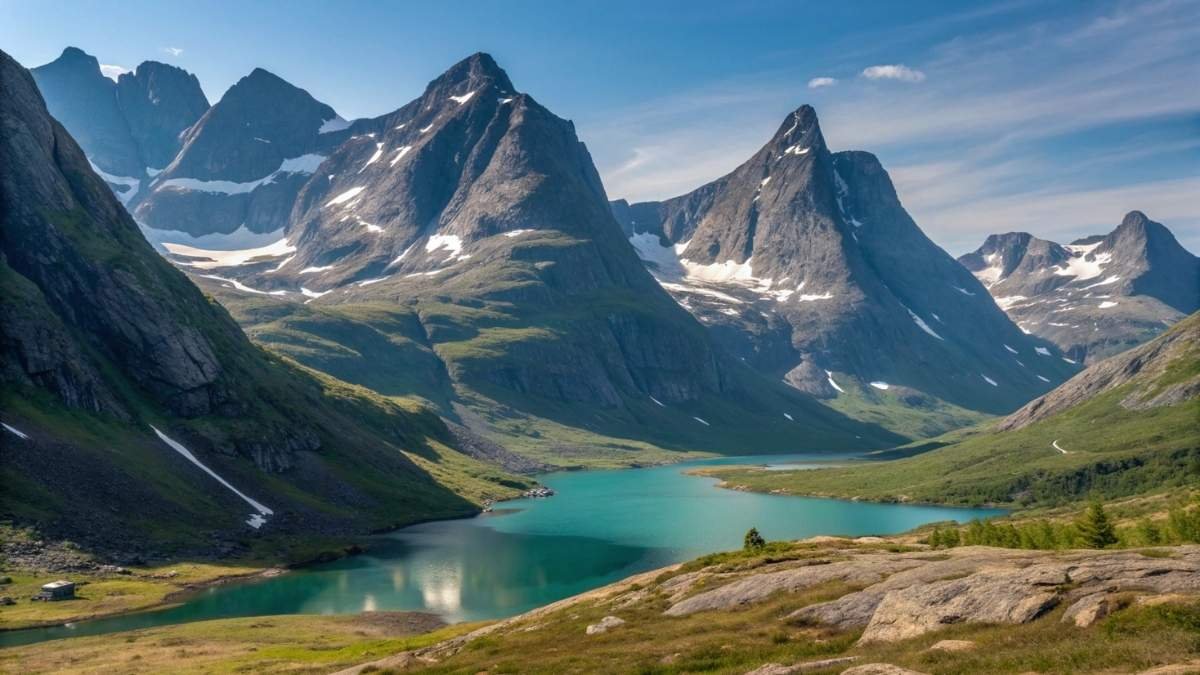
If you’re looking for a trail that balances Nordic drama with quiet simplicity, the Trollheimen Triangle in central Norway hits that sweet spot. Linking three cozy mountain cabins — Gjevilvasshytta, Trollheimshytta, and Jøldalshytta — this trek blends comfort and wilderness in a way that feels distinctly Scandinavian. The landscape shifts constantly: one day you’re crossing soft birch forests, the next, scaling windswept ridges with fjord views that stop you in your tracks.
Unlike Norway’s more famous routes like Trolltunga, this triangle doesn’t demand viral photos to prove its worth. It’s a hiker’s trail — clean air, deep stillness, and those fleeting mountain moments where light and cloud move like theatre across the sky. The best part? Each night ends in a warm DNT cabin, where hikers share stories over soup and coffee as the wind hums outside.
If you crave a hike that’s as much about inner calm as outer beauty, Trollheimen delivers both — in generous, understated doses.
Quick Facts:
- Best Months to Visit: July to September
- Trail Length: 60 km circuit
- Difficulty: Moderate
- Accommodation: DNT cabins (reservations recommended)
- Nearest Base: Oppdal, Norway
12. Goat Lake Trail, Colorado, USA
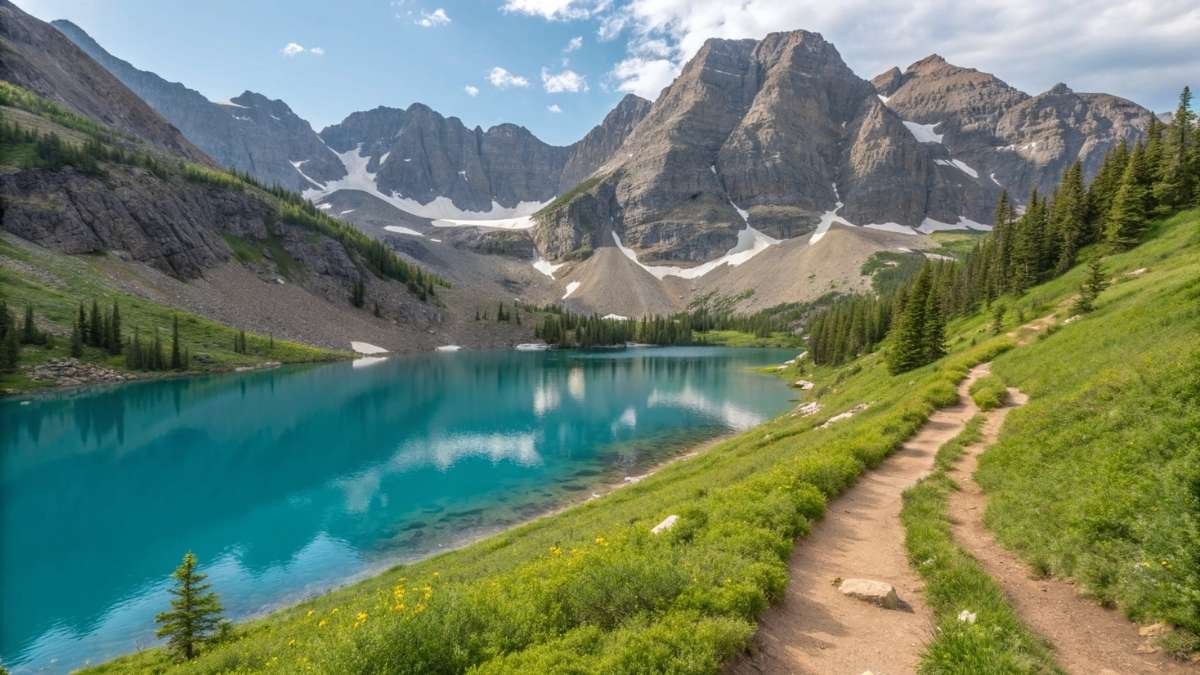
Colorado has no shortage of “Insta-famous” peaks, but Goat Lake in the San Isabel National Forest feels refreshingly under the radar. Starting in a shady forest and winding steadily upward through alpine meadows, this trail rewards you with a turquoise lake framed by jagged granite walls — a sight that feels wild and almost secret.
It’s not a long trek, but it delivers big-mountain energy without the chaos of Colorado’s busier trails. The final stretch above treeline offers sweeping views of the Sawatch Range, often dusted in early snow even in summer. On calm mornings, the lake reflects the peaks so clearly it looks painted — and if you’re lucky, you might spot a mountain goat or two living up to the trail’s name.
This one’s proof that not every rewarding hike needs to make the “top 10” lists — sometimes the quiet corners of the Rockies hold more beauty than all the viral overlooks combined.
Quick Facts:
- Best Months to Visit: June to September
- Trail Length: 11 km round-trip
- Difficulty: Moderate
- Elevation Gain: 600 m
- Nearest Base: Buena Vista, Colorado
13. Alpine Lakes Loop, Slovenia
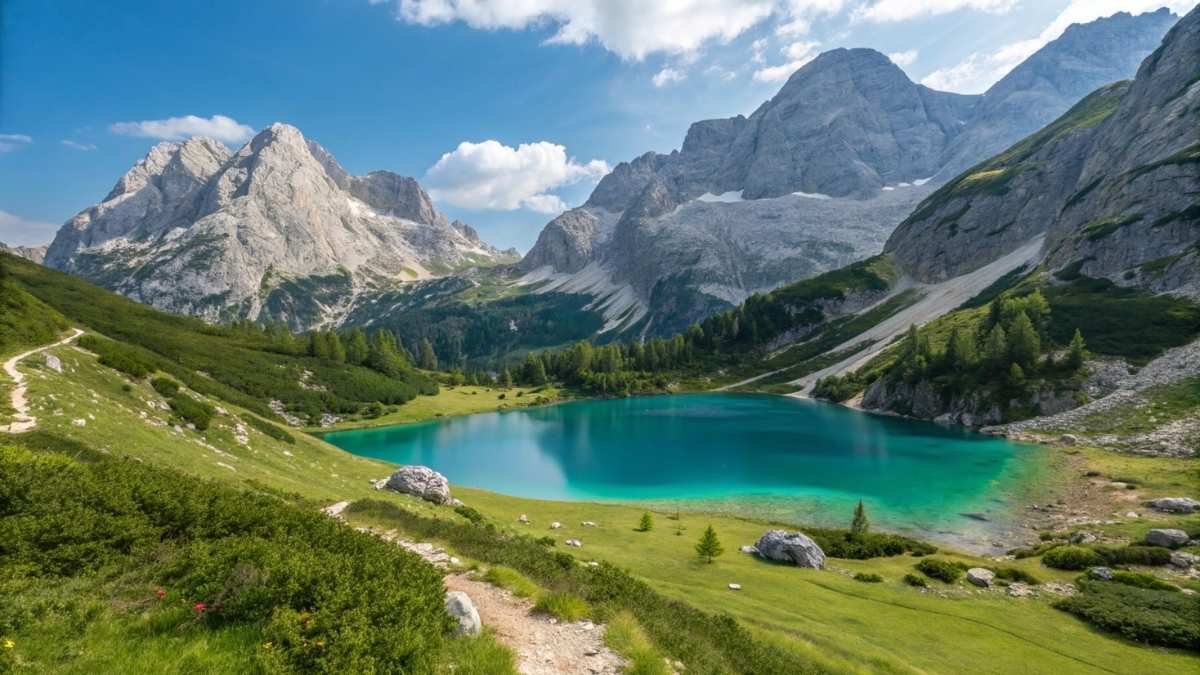
In the Julian Alps, tucked inside Triglav National Park, lies one of Europe’s most enchanting yet underrated hikes — the Alpine Lakes Loop. This route winds between crystal-blue tarns and high limestone peaks, offering a tranquil alternative to the overrun Alps of France and Switzerland. It’s a trail that feels cinematic in scale but intimate in spirit.
Each lake has its own personality — Lake Bohinj’s reflective calm, Lake Bled’s storybook charm, and smaller, glacier-fed pools hidden deep among the rocks. You’ll pass through flower-dotted meadows and centuries-old shepherd huts, still used by locals in the summer. The rhythm of this hike is unhurried; it invites you to slow down and let the mountain silence do the talking.
It’s not a trail for the crowd-chasers — it’s for those who want to reconnect with nature’s slower pulse, where every step feels like part of a bigger, quieter story.
Quick Facts:
- Best Months to Visit: June to September
- Trail Length: 20–25 km, depending on route
- Difficulty: Moderate
- Park Entry: Triglav National Park (no permit needed)
- Nearest Base: Bohinj or Bled, Slovenia
14. Laguna 69, Peru
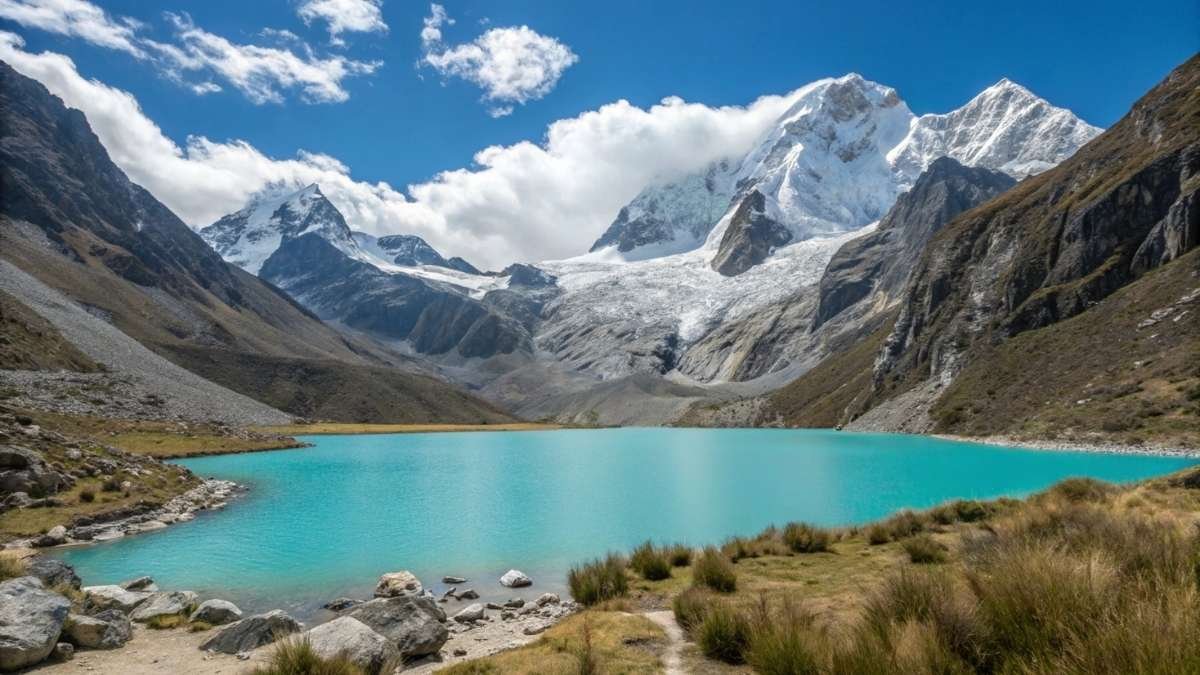
High in the Cordillera Blanca, at an altitude where the air feels thin and pure, lies Laguna 69 — a trek that delivers staggering beauty without the heavy tourist footprint of the Inca Trail. It’s a half-day hike that packs an incredible variety: waterfalls cascading down granite walls, glacial streams threading through open valleys, and finally, the lake itself — a surreal, electric blue framed by snow-capped peaks.
It’s a climb, make no mistake — but every breath feels worth it when you reach that mirror-like water surrounded by the mighty Mount Chacraraju. Even the silence here feels alive, broken only by the wind sweeping across the ice.
Unlike more commercialized Peruvian trails, Laguna 69 is refreshingly straightforward: no vendors, no crowds — just raw Andean wilderness that makes you feel small in the best way possible.
Quick Facts:
- Best Months to Visit: May to September (dry season)
- Trail Length: 13 km round-trip
- Difficulty: Moderate to strenuous (due to altitude)
- Elevation: 4,600 m
- Nearest Base: Huaraz, Peru
15. Mount Taranaki Summit Route, New Zealand
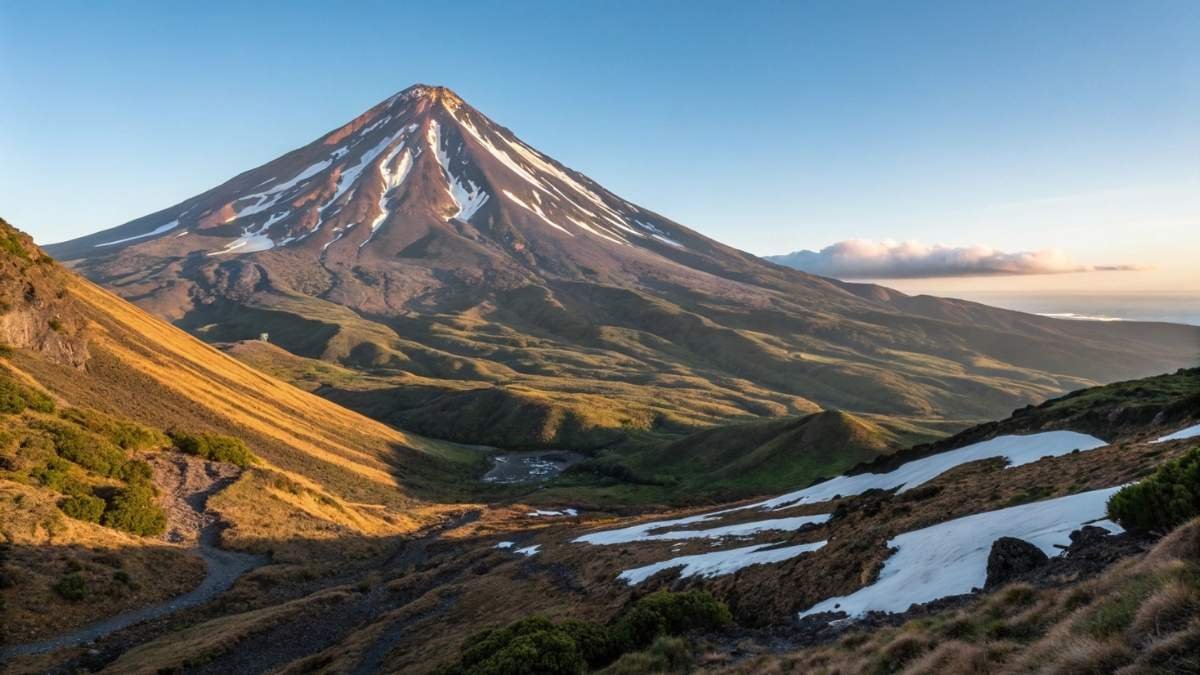
Standing alone on New Zealand’s North Island, Mount Taranaki is both beautiful and humbling — a perfect volcanic cone that dominates the skyline like a guardian. The Summit Route isn’t as famous as Tongariro, but it’s easily as dramatic — and arguably more spiritual. The Maori consider this mountain sacred, and once you set foot on its slopes, it’s easy to understand why.
The trail begins in lush rainforest, then rises sharply through alpine scrub until the world drops away below you. Near the summit, loose volcanic rock makes each step a challenge, but reaching the top — where cloud and light swirl around the crater — feels like walking into another realm. It’s not an easy climb, but it’s one that stays with you.
The experience isn’t just physical; it’s deeply reflective. Something is grounding about seeing an entire island stretch out beneath your feet — no crowds, no noise, just the mountain and you.
Quick Facts:
- Best Months to Visit: December to March (summer season)
- Trail Length: 12 km round-trip
- Difficulty: Strenuous (steep, exposed)
- Elevation Gain: 1,600 m
- Nearest Base: New Plymouth, North Island


